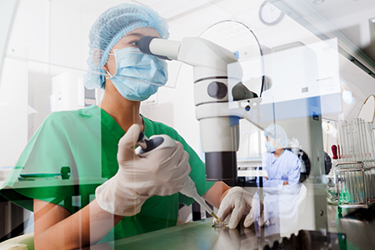Quantitation Of Retrovirus-Like Particles (RVLPs) In CHO Derived Products

Within the biopharmaceutical industry it is well recognized that Chinese Hamster Ovary (CHO) cells are the most commonly used production cell line for monoclonal antibodies and other recombinant proteins. Products derived from these cells have a very good safety record; there is no recorded incidence of patient infection from contaminants in a product manufactured from these cells. This is one of the reasons that CHO cells have been the cell substrate of choice for monoclonal antibody and other recombinant protein product development.
During the production of therapeutic proteins, CHO cells express endogenous retrovirus like particles (RVLPs) which must be removed during product purification. Once the manufacturing process has been scaled up and ready for commercialization, it is recommended that RVLPs be quantitated in the unprocessed bulk harvest material. Data from at least three lots of bulk harvest are required for submission to the regulatory authorities. This technical note will provide the scientific and regulatory landscape for key methods which are applied to ensure safety of such recombinant proteins, with a focus on alternate and superior methods to the standard transmission electron microscopy (TEM) method.
Get unlimited access to:
Enter your credentials below to log in. Not yet a member of Bioprocess Online? Subscribe today.
